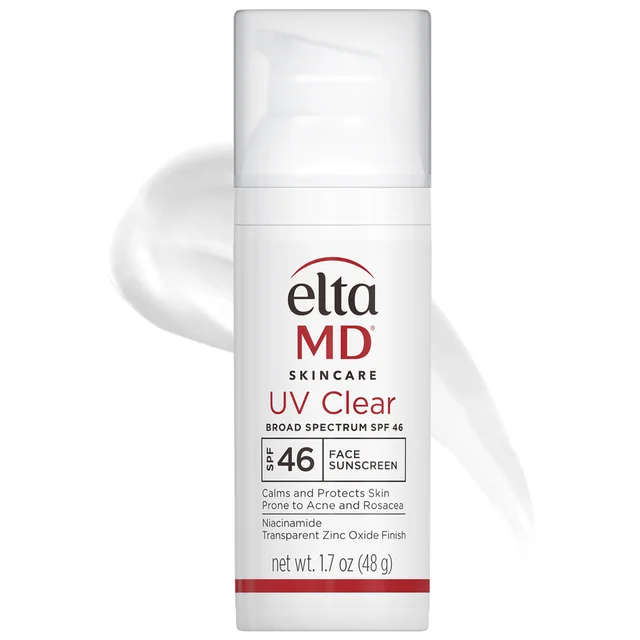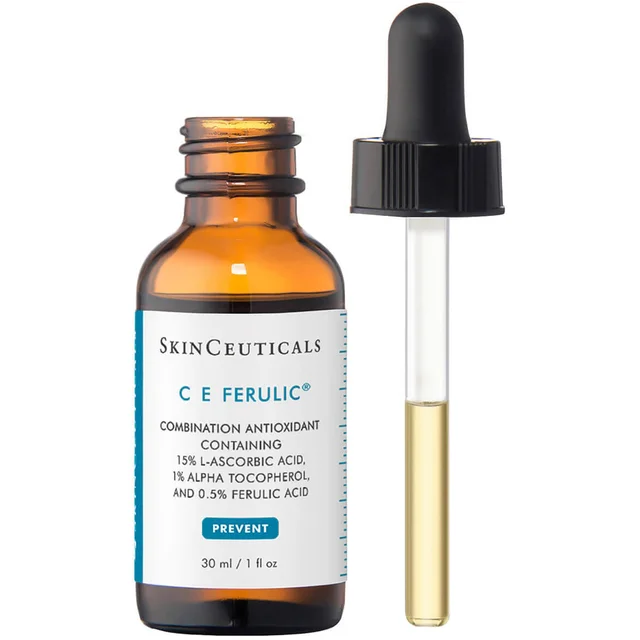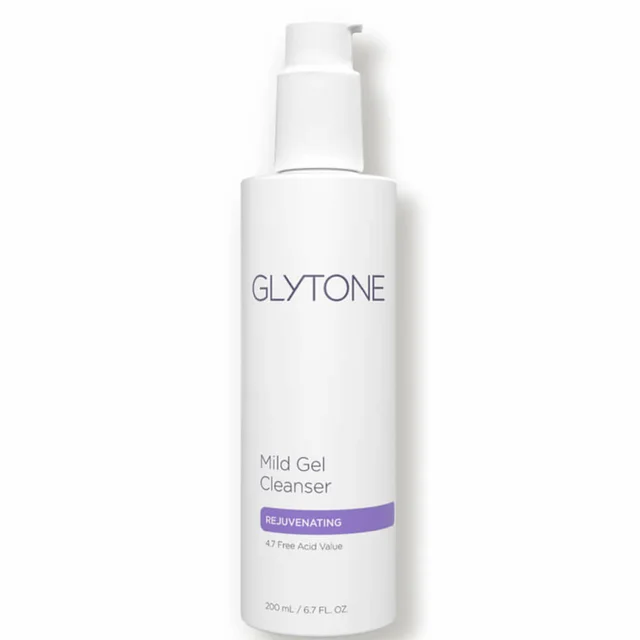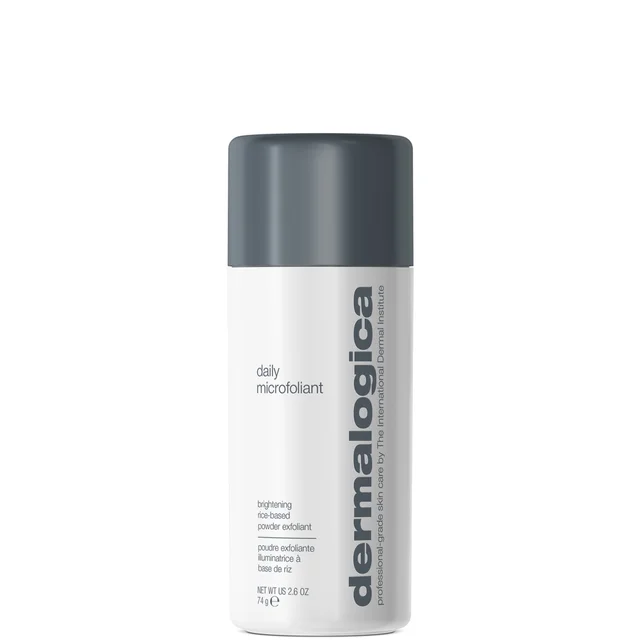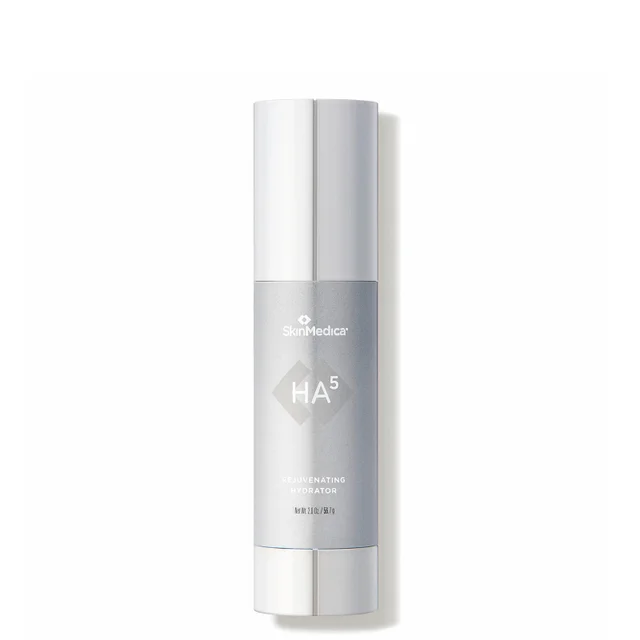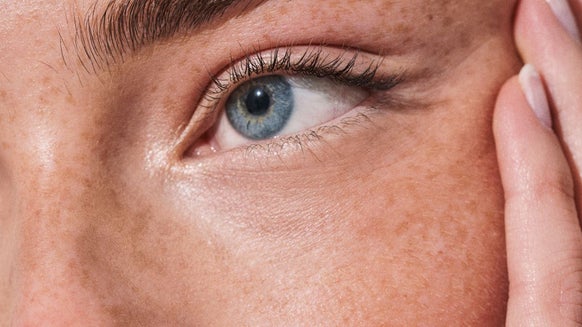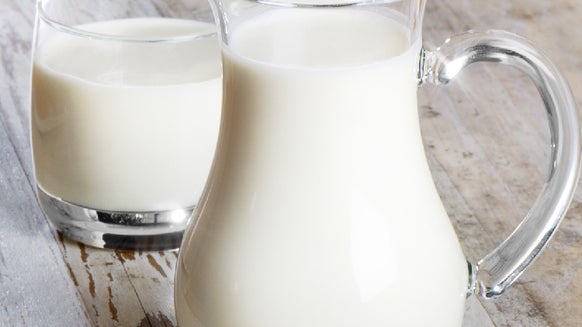DERMATOLOGIST-REVIEWED ARTICLES
Skin Care 101: Layers and Functions of Skin
The Epidermis
- The topmost layer is the stratum corneum, and it varies in thickness depending on where it is on the body (which is why, say, the skin on your heel is much thicker than that of your eyelid).
- The next layer is the stratum granulosum. The cells here produce a waxy material that makes your skin waterproof.
- Next up is the stratum spinosum, which is made up of cells that bind other cells together—like glue for your skin cells.
- The bottom layer of the epidermis is the stratum basale. It houses the stem cells, which divide to produce new skin cells. Those are then pushed up to the skin’s surface.
The Dermis
- The dermis layer includes blood and lymph vessels, which are in charge of delivering nutrients to your skin and removing by-products or toxins.
- Sweat glands live in the dermis. They emit sweat through your pores, which serves to both cool the body and clear out toxins.
- The dermis also houses the hair follicles (where your hair is anchored) and oil glands, which produce the oil that softens and smoothes skin—sometimes a little too enthusiastically, resulting in breakouts and greasiness.
The Subcutaneous Layer
- The subcutaneous layer is like a thermostat. It insulates the body and also serves as an energy reserve in a pinch.
- It’s also like padding in that this fat protects your muscles, bones and organs against injury.
- Finally, the subcutaneous layer contains more blood vessels, nerve endings, the roots of your hair follicles and the deepest sebaceous glands, which create oil.

dermstore-editors Writer and expert
From the latest hair and makeup trends to the best solutions for your skin issues, we've got all your beauty concerns covered!
